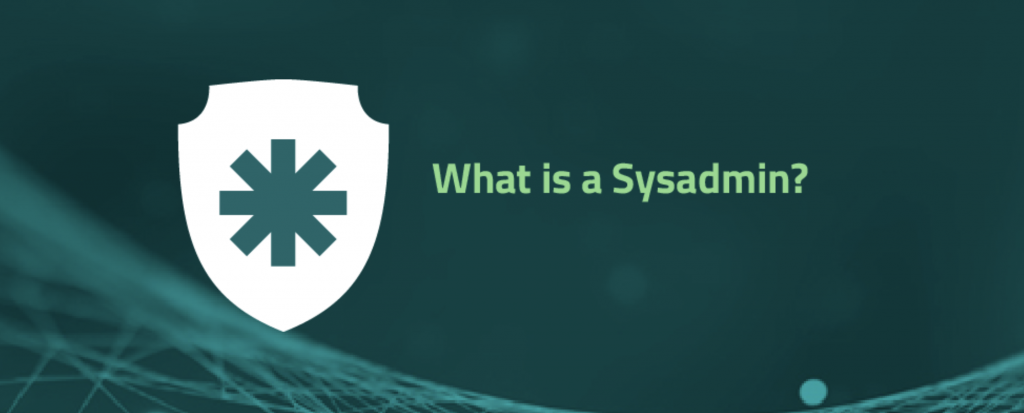
In a world of constantly evolving technology, SysAdmin is one of the oldest and most in-demand roles in the technology field.
While not always getting all the glory, SysAdmin is a critical piece of the technology organization and essential to the success of a business.
SysAdmin or Systems Administrator is the person responsible for configuring and managing a company’s entire infrastructure, including all the hardware, software, and operating systems required to support the business’ operations.
With the evolution of DevOps, traditional SysAdmin has become a more hybrid role, often wearing multiple hats and helping with a variety of tasks and actions that may require some development and programming.
As such, this type of administrator must have a solid knowledge of hardware and software to effectively configure a resilient and secure architecture to protect the business and ensure a seamless customer experience.
Keep reading and learn more about the responsibilities of a SysAdmin and the differences between SysAdmin and DevOps.
SysAdmins are always available, whether it is to update their company’s software or repair a corrupt SQL database. Here are other tasks that IT professionals do that you might not even notice:
Since DevOps encompasses so many different tasks and processes, getting to a clear and comprehensive definition is a challenge.
DevOps is not necessarily about individual tools or roles, but rather a set of practices that developers and operators use to deliver software to end-users more holistically and efficiently. It is another philosophy along the lines of Agile that seeks to break down organizational silos and promote cross-functional teamwork and cooperation.
In other words, DevOps represents a convergence of many different spheres within enterprise IT.
Meanwhile, a system administrator, or SysAdmin, is a person responsible for maintaining, configuring, and reliably operating computer systems, especially multi-user computers such as servers.
As the descriptions above show, there is a clear difference between the two. So where does the confusion come from?
Much of the confusion occurs because “DevOps” has become a buzzword in the tech space.
The word “DevOps” has been misused countless times by companies looking to save money and get things done quickly. Using the word to cover up the desire to save money by reducing staff often creates big problems in the future.
Many companies and startups think DevOps engineers can do everything themselves and will solve all their problems once they are hired. This is not the case. It is wrong to think that a DevOps expert can be called upon to clean up all the mess a company has made until now with its infrastructure.
Becoming a system administrator will require learning some specialized skills. Earning a certification can bring you the necessary experience and enhance your resume.
As a SysAdmin, you will need to develop a basic set of skills that will allow you to make sure the computer systems in your organization are running smoothly. Here are the key skills you should want on your resume.
A SysAdmin reviews the big picture to ensure their business is running as efficiently and securely as possible.
This means being able to not only survive a major failure, but also protect against minor issues such as security breaches, system failures, and large financial costs.
The latter may seem like an odd role for IT, but think about it. How many computers does your organization have and how often do you replace them? Are you waiting until they are completely obsolete or fail before replacing them?
A large part of a SysAdmin’s job is to plan and maintain an up-to-date system. This means installing a regular hardware routine based on an approved schedule.
